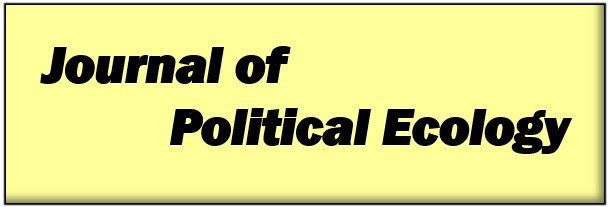Abstract
This article proposes the idea of the trickster figure as a way to account for the shifting material, and cultural properties of carbon in the cultural politics of climate change. Combining scientific understandings of allotropy in chemistry – describing the property of certain elements to manifest in various highly diverse forms – and the insights of Caribbean trickster stories, trickster carbon enables novel understandings of the multiple workings and effects of carbon as a material and cultural element. Rather than granting 'carbon' a singular seemingly-scientific meaning or reducing carbon to a singular problem that master human agents can ever definitively trap or sequester, this notion allows us to view carbon's unique ability to shape-shift in a variety of contexts and for myriad agendas. Understanding carbon in this way provides more than simply a theoretical or imaginative 'romp'; rather, this lens enables both a critique of the ways in which carbon is mobilized in practice as a profit-generating tool of colonial capture and also a generative opening for understanding carbon's potential as a connector to more transformative associations and postcolonial politics. As an ambivalent and paradoxical figure, trickster carbon offers a powerful method of cultural way-finding through the urgent concern of climate change.
Keywords: Trickster, postcolonial, decolonial, STS, stories, cultural politics of climate change, carbon
How to Cite:
Girvan, A., (2017) “Trickster carbon: stories, science, and postcolonial interventions for climate justice”, Journal of Political Ecology 24(1), 1038-1054. doi: https://doi.org/10.2458/v24i1.20981
Downloads:
Download PDF
View PDF
7568 Views
939 Downloads

